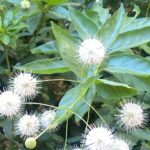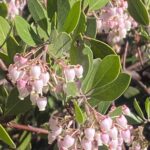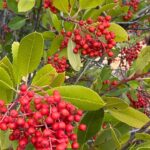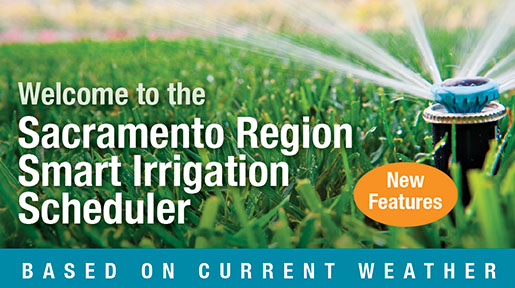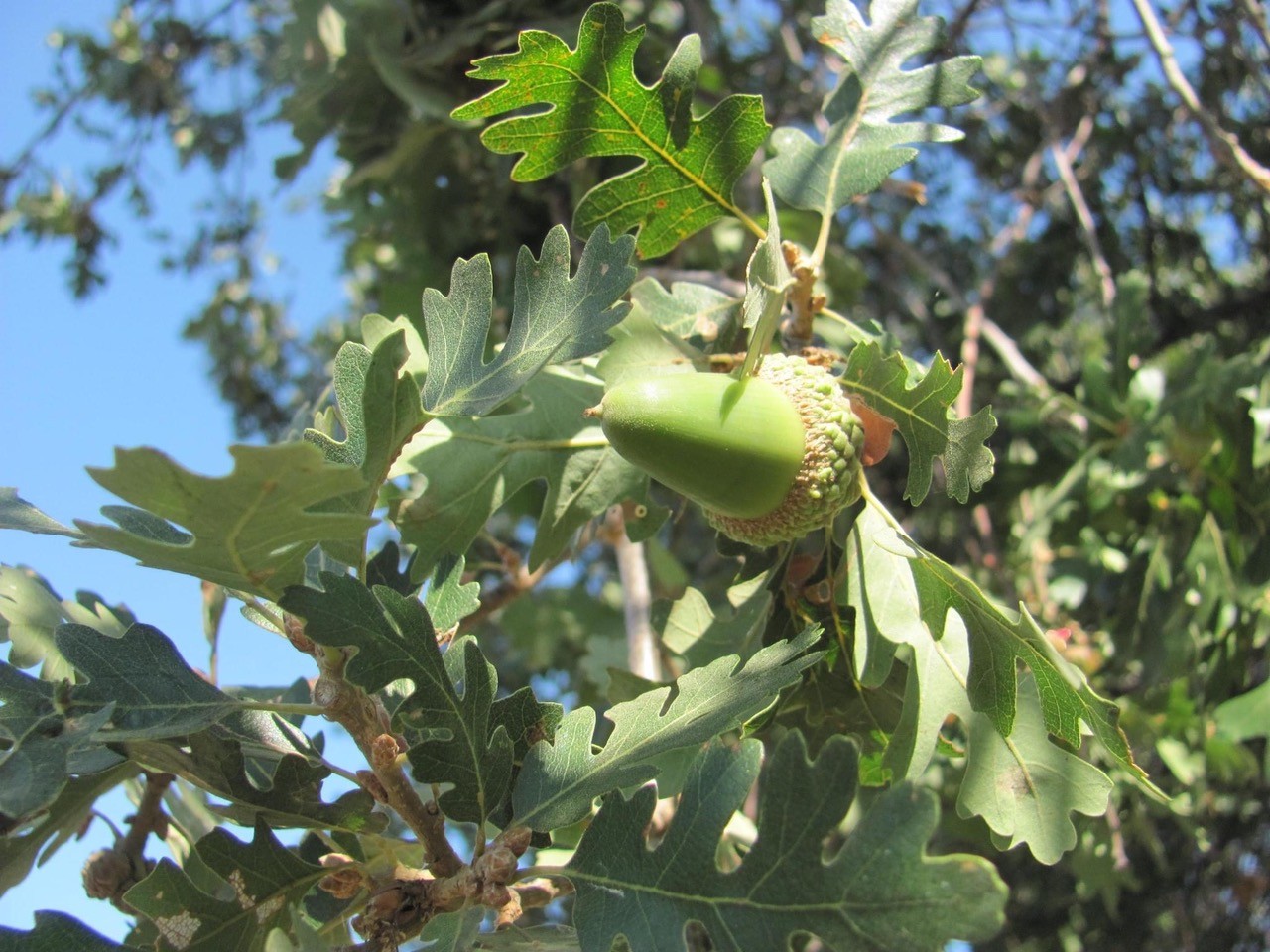
By Debbie Arrington
Guest Writer
Make your landscape a favorite spot for songbirds, bees, butterflies, and other native wildlife.
Water-wise gardens do more than save resources; they also support local wildlife – especially in fall as seeds, nuts, and berries ripen. Landscapes studded with native perennials, shrubs, and trees add fall color to your yard while providing food for feathered friends year-round.
Why Plant in Fall?
Fall is the best time to transplant natives. Cooler weather (and hopefully rain) gives plants several months to establish strong root systems before summer heat returns.
“Native plants and animals – bees, birds, butterflies, etc. – co-evolved together,” explains Placer County Master Gardener Tece Markel, who oversees the pollinator beds at the UC Master Gardener Demonstration Garden at the Loomis Library and Community Center. “Native wildlife depends on specific plants for their survival. A lot of butterflies and moths, if they don’t have the right host plants, won’t have anywhere to lay eggs, therefore, there will be no caterpillars. That’s why we encourage people to plant natives in their yards.”
Why Caterpillars Matter
Caterpillars aren’t only vital for future butterflies and moths – all-important pollinators – but for birds, too. “About 96 percent of North American birds rear their young on insects, mainly caterpillars; they’re soft and full of protein,” Markel says.
Some host plants are essential. For example, monarch butterflies are dependent on native Milkweed species for their caterpillar nurseries. Pipevine swallowtails, as their name implies, need California’s native Dutchman’s Pipe. The California dogface butterfly will only lay eggs on False Indigo.
Native oak trees, considered keystone plants in Sacramento-area landscapes, provide habitat for moths and countless caterpillars, she notes. Their acorns also provide for other native wildlife such as scrub jays, yellow-billed magpies, and acorn woodpeckers, plus squirrels and other mammals.
Food for Fall and Beyond
Wildlife needs food year-round, so think about planting with seasons in mind, Markel says.
“In fall and winter, birds need to eat berries and seeds,” she explains. “Leave seed heads on plants; the birds will eat them.”
Berry-laden shrubs can be a feast for wildlife, add color to the fall garden, and can be a thing of beauty – especially from a bird’s eye view.
“In our area, elderberries are the number one fruit source for birds,” Markel notes. “They also have attractive flowers in spring.”
Other native plants that offer abundant fall berries include Oregon Grape, native Honeysuckle, Toyon, Hollyleaf Cherry, and Coffeeberry. Besides feeding birds in fall, these plants support pollinators, too, with their spring and summer blooms. Currants, Gooseberries, and Manzanita are more excellent food sources that look good, too.
“Manzanita blooms in very late fall, when hummingbirds start mating,” Markel explains. “Hummingbirds find insects inside their pendular flowers and feed them to their babies.”
Don’t Forget Fall Flowers
Don’t forget fall flowers, Markel notes. “I encourage people to have something blooming all year. The pollinators are looking for flowers.”
Fall-flowering natives support pollinators with nectar during months when other food sources may be scarce, Markel adds. “Goldenrod is among the most important plants for fall-migrating butterflies.
California Fuchsia provides nectar for hummingbirds plus supports moths and butterflies, too.”
A Living Example
In her own garden, Markel plants natives that she’s seen grow at nearby Folsom Lake. “That makes them super-local natives,” she says. The results have been striking.
Local wildlife has found her local natives. “Buttonwillow has Sputnik-like flowers; I saw seven tiger swallowtails nectaring on it at the same time. I saw Great purple hairstreak butterflies nectaring on my California Buckwheat. Rosy Buckwheat is super popular with leaf cutter bees; I’ve seen 12 at a time on that plant. My favorite is Coyote Mint; it blooms a long time and is a great plant for butterflies and bees.
“It’s exciting to me,” she adds. “Plant it and they will come.”
Find the Right Plants for Your Yard
Looking for ideas to get started? Two online databases make it easy to choose plants that thrive in our region:
- Water-wise Gardening: Create your wish list of low water-use plants! This comprehensive database includes 1,800 plants, design ideas, a searchable gallery, and water-saving tips. https://www.rwa.watersavingplants.com/
- California Native Plant Society’s Calscape: Search by your exact location to find native plants that naturally belong where you live. https://calscape.org/search
Debbie Arrington is a longtime home and garden reporter and co-author of the blog Sacramento Digs Gardening: https://sacdigsgardening.californialocal.com/

